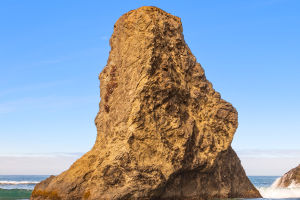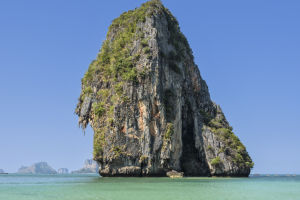For many of us, the polar regions are at the top of our travel bucket list. Whether it's the dream of witnessing the majestic polar bear in its natural habitat or exploring untouched, icy landscapes, both the Arctic and Antarctica offer unique, unforgettable experiences.
But how do we decide between them? Let's take a closer look at the differences, and help you choose your next adventure!
1. Geology: The Land of Ice
The Arctic is an icy sea surrounded by land, located at the highest latitudes of the northern hemisphere. It's surrounded by countries like Canada, Alaska, Greenland, and Norway. With icebreaker ships, we can even reach the North Pole itself.
On the other hand, Antarctica is an entire continent located in the southern hemisphere, entirely covered by an ice sheet. Its towering mountains and dramatic landscapes make for an epic adventure. While most expeditions focus on the Antarctic Peninsula, some even venture into more remote regions like the Ross Sea.
2. People: Indigenous Cultures vs. Scientific Exploration
In the Arctic, we can explore the cultures of indigenous peoples such as the Inuit, Sami, and Yakuts, who have lived in these harsh climates for centuries. Their rich history offers an extraordinary glimpse into human resilience.
Antarctica, however, has no permanent residents. The continent is solely inhabited by scientists and researchers working in temporary bases. Though the human presence is limited, the story of early explorers like James Cook and Robert Scott adds a layer of historical intrigue to any visit.
3. Wildlife: The Arctic's Shy Giants vs. Antarctica's Fearless Creatures
The Arctic is home to some of the planet's most iconic animals, such as polar bears, Arctic foxes, and caribou. While these creatures are often shy and elusive, sightings of polar bears in the wild, particularly during the summer months, are a major draw.
In contrast, Antarctica's wildlife is predominantly marine-based. With no land mammals, the continent is home to seals, whales, and, most famously, penguins. The wildlife here is incredibly fearless, offering us the chance to get up close and personal with these extraordinary creatures.
4. Weather and Best Time to Visit: Prepare for the Cold!
Both regions experience unpredictable weather, but there are some differences in when to visit. Arctic cruises primarily operate from May to September, with pleasant weather conditions during the summer months. Expect long days and some of the best opportunities for wildlife sightings, including the Northern Lights.
Antarctica's prime season is from December to February, offering the most stable weather and light conditions. However, we can also visit in November or March for a slightly quieter experience, though the temperatures will remain cold.
5. Icebergs: A Visual Feast
When it comes to icebergs, the Arctic offers jagged, irregular ice formations that break off from the ice sheet and drift into the sea. These icebergs are often smaller but can be found in abundance, creating a mesmerizing ice-covered landscape.
In Antarctica, we find the largest icebergs in the world. Their immense size and striking shapes make for an awe-inspiring spectacle that will stay with us long after the journey ends.
6. Getting There: Ease of Access
The Arctic has an advantage when it comes to ease of access, as we can often depart from relatively close locations like Tromso in Norway or Reykjavik in Iceland. Some Arctic cruises even depart directly from the UK.
Getting to Antarctica is more of a journey, with most cruises departing from Ushuaia, Argentina. This means longer travel times, including an overnight stay in Buenos Aires, but the reward of reaching the southernmost continent is undoubtedly worth the effort.
Whether we choose the Arctic or Antarctica, both offer incredible experiences that will stay with us for a lifetime. From the rich cultural history of the Arctic to the pristine wilderness of Antarctica, each region has its own unique charm. Why choose one when both offer us the opportunity to explore some of the most remote and beautiful places on Earth? Perhaps the answer is simple: do both!


